South Korea delivers sensory experiences that linger long after you’ve returned home, a nation where ancient traditions and cutting-edge innovation collide to create environments that captivate all five senses simultaneously. From the sizzle of street food to the tranquility of mountain temples,
Korea offers visitors a symphony of sensations that form indelible memories. The country’s compact size belies its remarkable diversity of landscapes and cultural expressions, each offering unique sensory signatures.
Here is a list of 17 remarkable places across South Korea where you can immerse yourself completely in environments that engage every sense with distinctive Korean character.
Gwangjang Market, Seoul
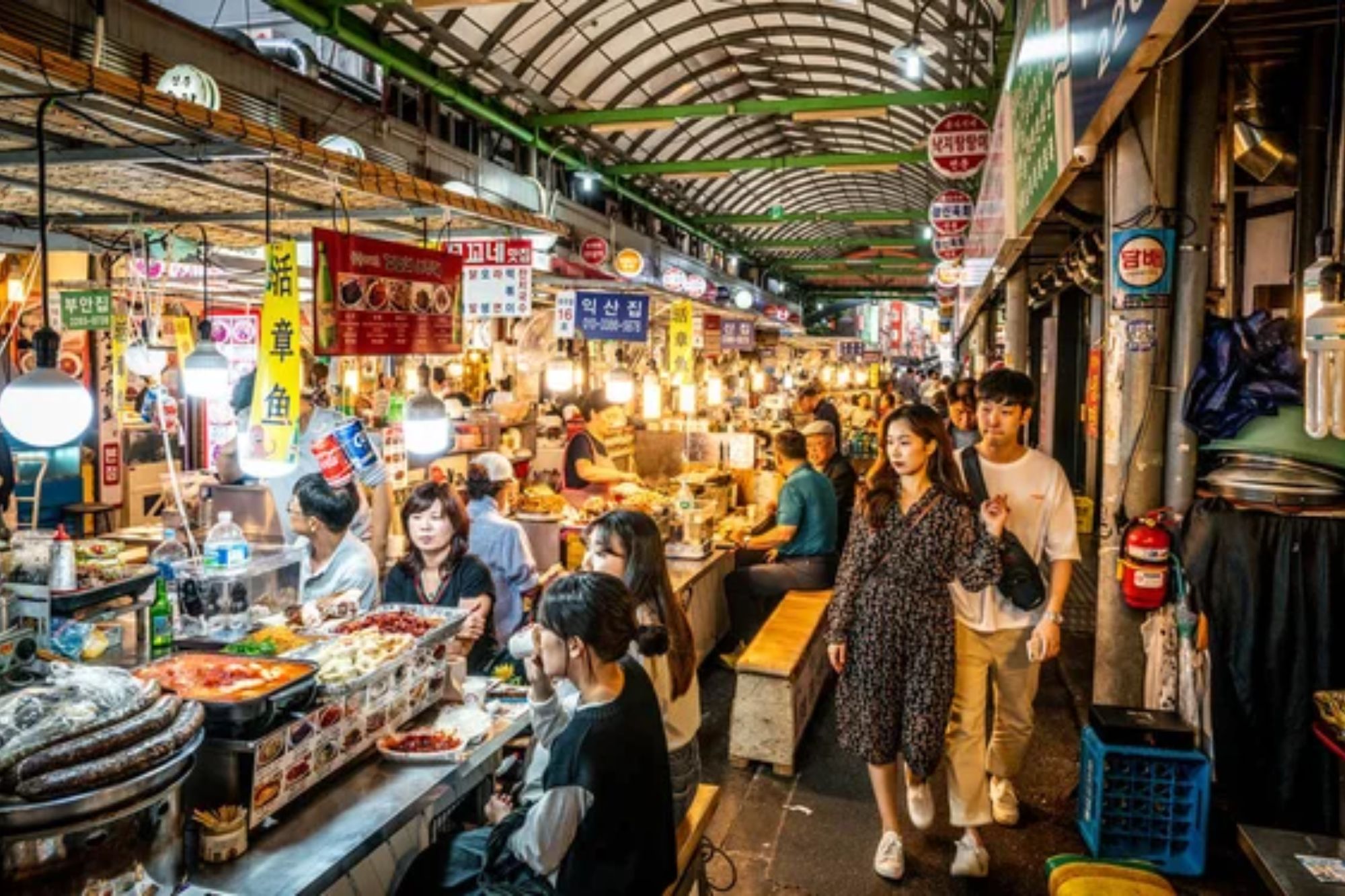
The historic fabric market transformed into Seoul’s most authentic food destination assaults the senses from the moment you enter its covered pathways. Vendors call out their specialties as steam rises from bubbling pots of soup and sizzling bindaetteok (mung bean pancakes). The market’s narrow aisles put you elbow-to-elbow with locals, creating an intimate atmosphere where you can watch skilled hands prepare dishes that have remained unchanged for generations.
Boseong Green Tea Fields, Jeollanam-do
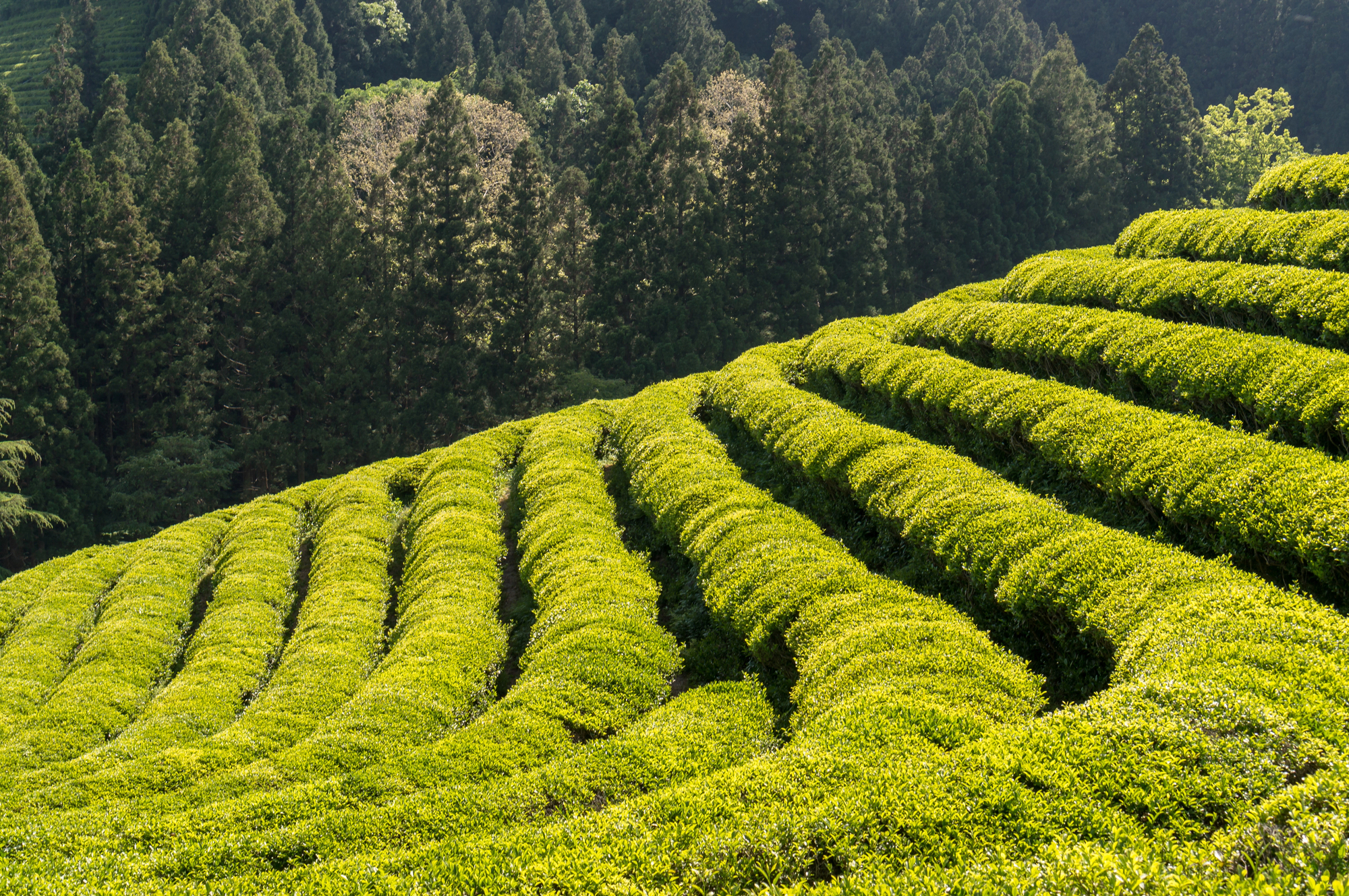
Endless rows of tea plants cascade down hillsides in perfect geometric formations, creating undulating waves of green that appear almost artificial in their precision. The air carries the subtle fragrance of tea leaves while the plantation’s processing facilities add occasional wafts of roasting tea.
The sound of leaves rustling in the breeze provides a gentle soundtrack to the visual perfection of these centuries-old agricultural terraces.
Haedong Yonggungsa Temple, Busan
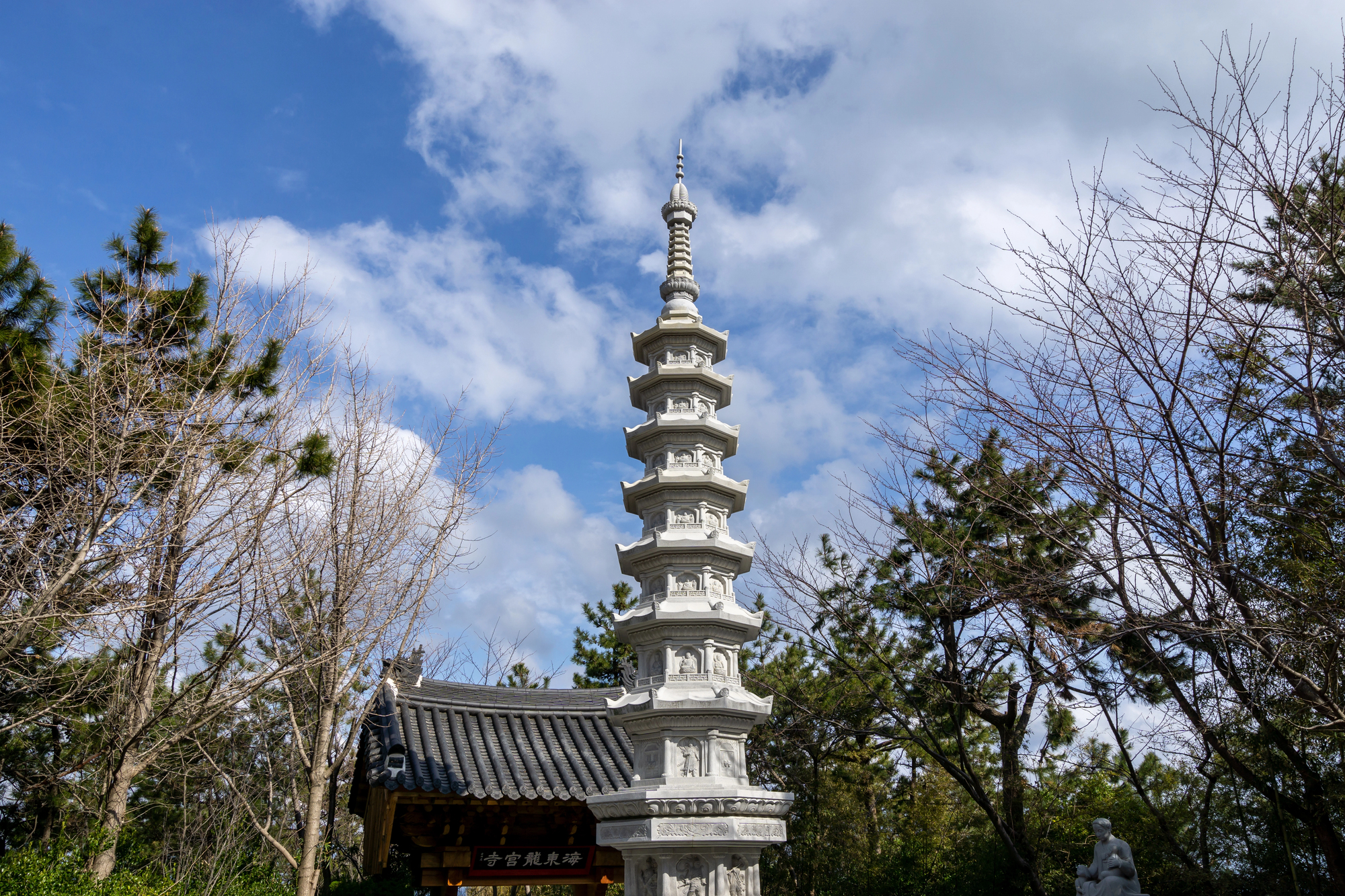
Built precariously along jagged coastal cliffs, this seaside temple combines spiritual ambiance with the constant rhythm of waves crashing against rock. Salt spray mingles with incense as the sound of Buddhist chants competes with seagull cries.
The temple complex requires visitors to descend stone steps toward the ocean, creating a gradual transition from everyday awareness to meditative appreciation of how the structures harmonize with their dramatic natural setting.
Like Travel Pug’s content? Follow us on MSN.
Jeju Olle Trails
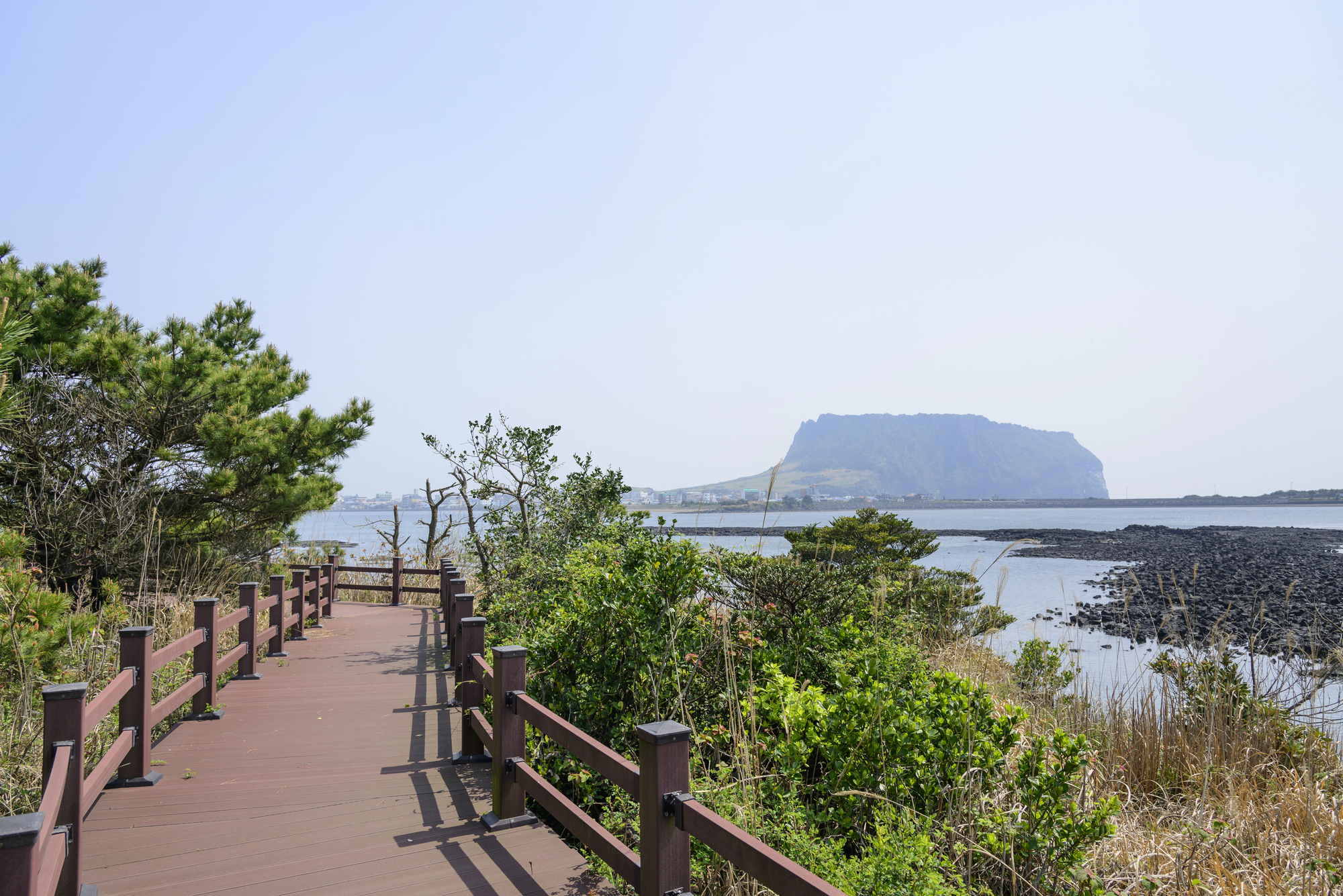
These well-maintained coastal paths encircle Jeju Island, connecting rural villages through landscapes formed by volcanic activity. The trail system allows hikers to experience the island’s diverse microclimates, from wind-battered coastal sections where salt crystallizes on your skin to protected forest zones filled with the fragrance of native plants.
Each segment features unique sensory markers, from the crunch of black sand beaches to the surprising softness of compacted volcanic ash underfoot.
Jeonju Hanok Village
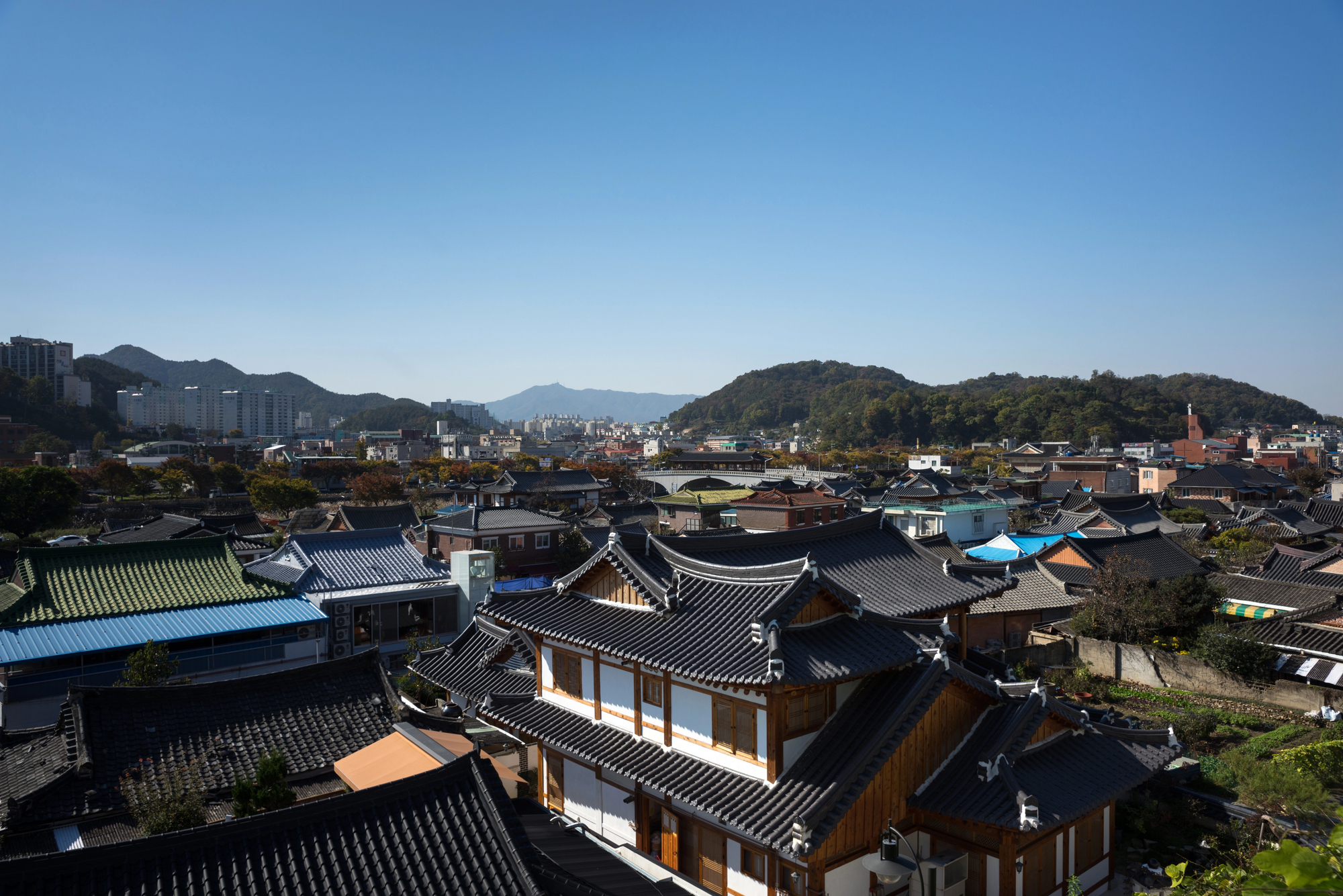
The traditional Korean houses with their distinctive curved rooflines create an immersive environment where even the quality of light filtering through paper windows feels different from the modern world. The village buzzes with activity as artisans practice traditional crafts, the sound of their tools punctuating conversations among visitors sampling royal court cuisine.
The scent of simmering doenjang (fermented soybean paste) escapes from restaurant kitchens, adding an olfactory dimension to the visual feast.
Jagalchi Fish Market, Busan
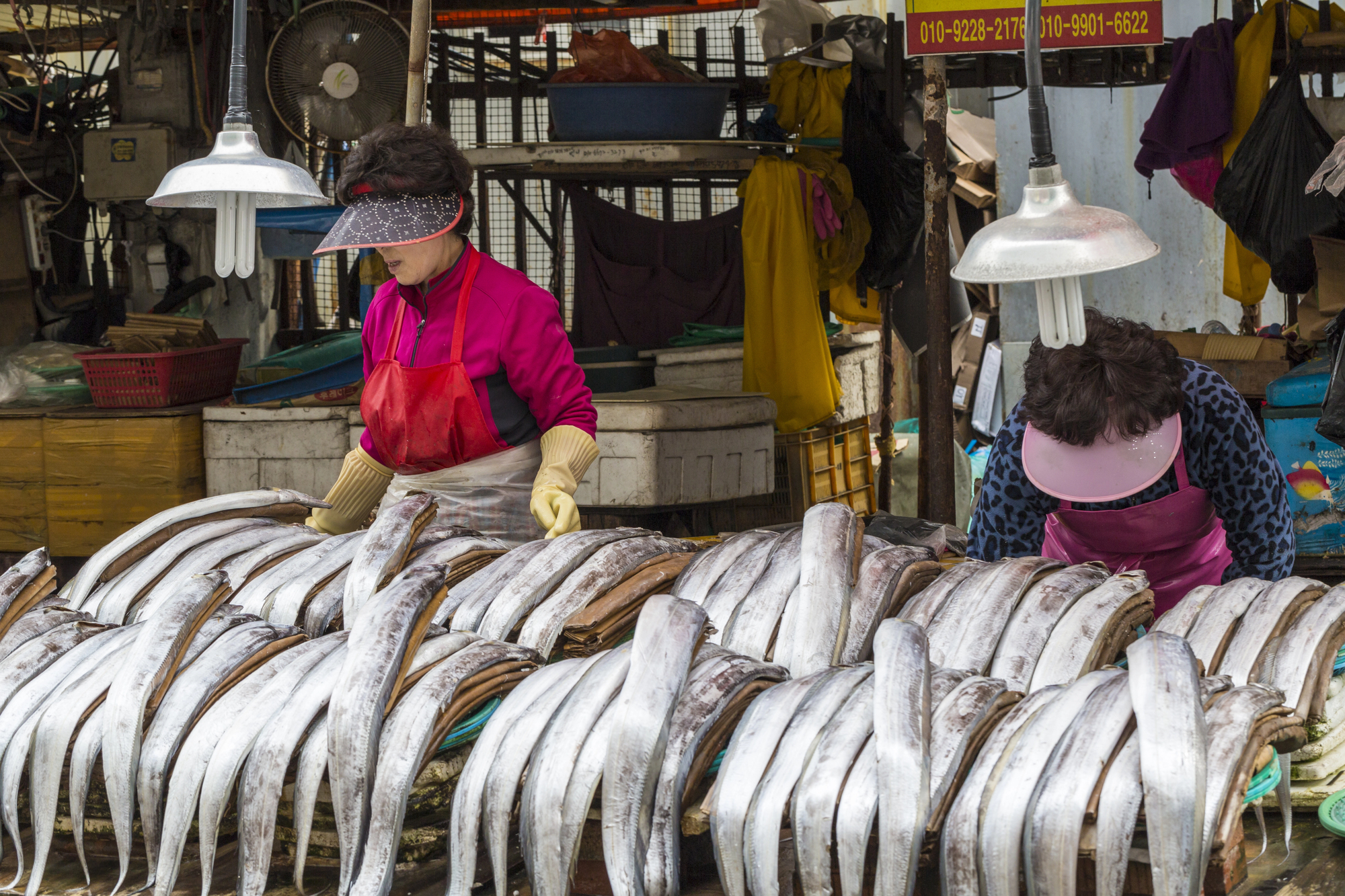
Korea’s largest seafood market presents an unfiltered maritime experience where the morning’s catch transitions from boat to stall to plate. The concrete floors remain perpetually slick with seawater while vendors shout prices above the sound of knives against cutting boards.
The briny scent of the ocean permeates everything, growing more intense as you move deeper into the market, where live seafood tanks bubble and specialized restaurants prepare whatever was swimming moments earlier.
Like Travel Pug’s content? Follow us on MSN.
Seoraksan National Park
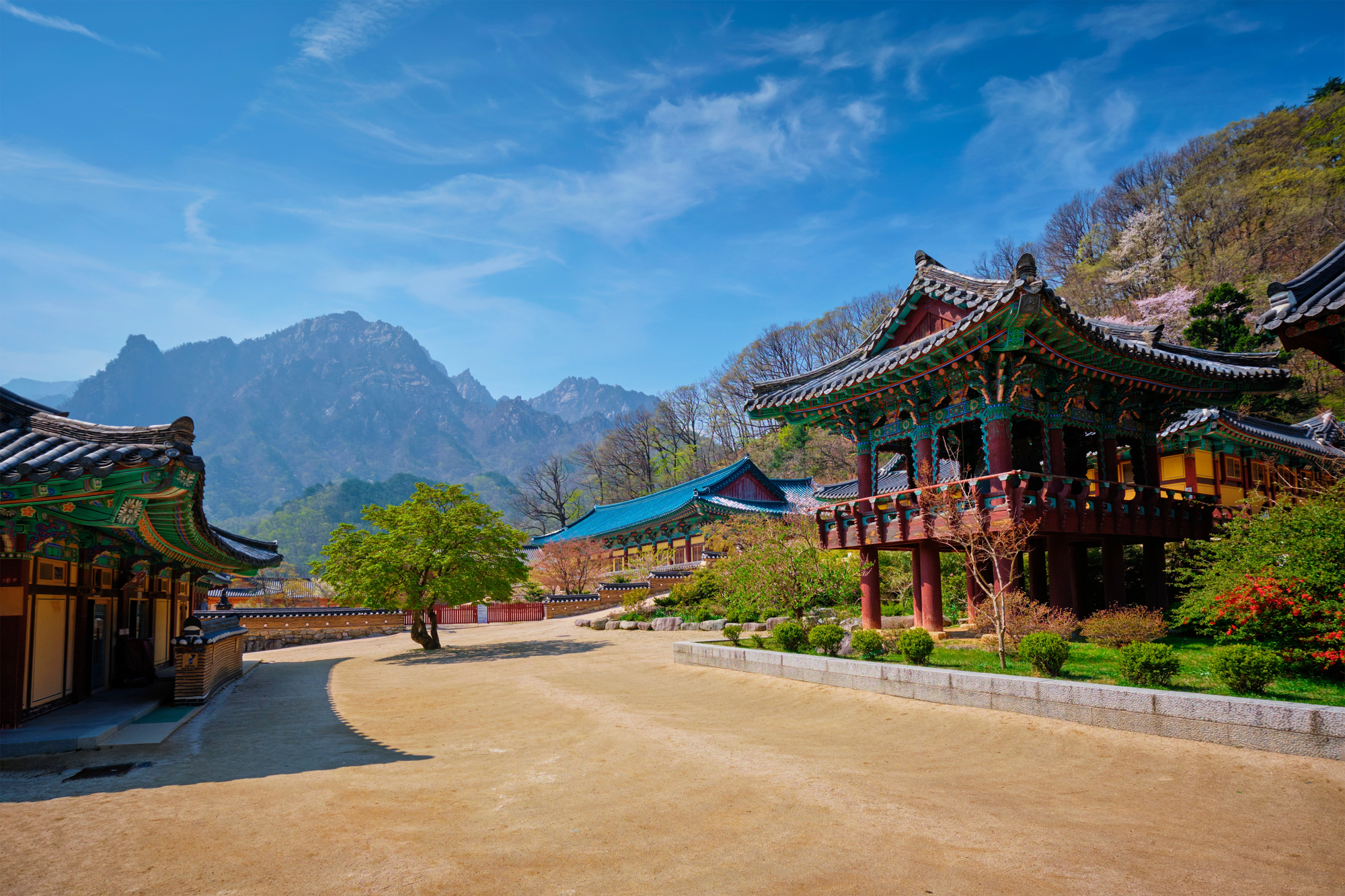
Granite peaks thrust dramatically skyward, creating one of Korea’s most sublime mountain landscapes accessible through well-maintained trails. The park experiences dramatic seasonal shifts, from spring’s tender green buds to winter’s crystalline silence when waterfalls freeze mid-flow.
The mountain air carries distinctive fragrance profiles throughout the year – spring floral notes, summer’s vegetation, autumn’s decay, and winter’s pristine emptiness, each creating different sensory memories.
Gamcheon Culture Village, Busan
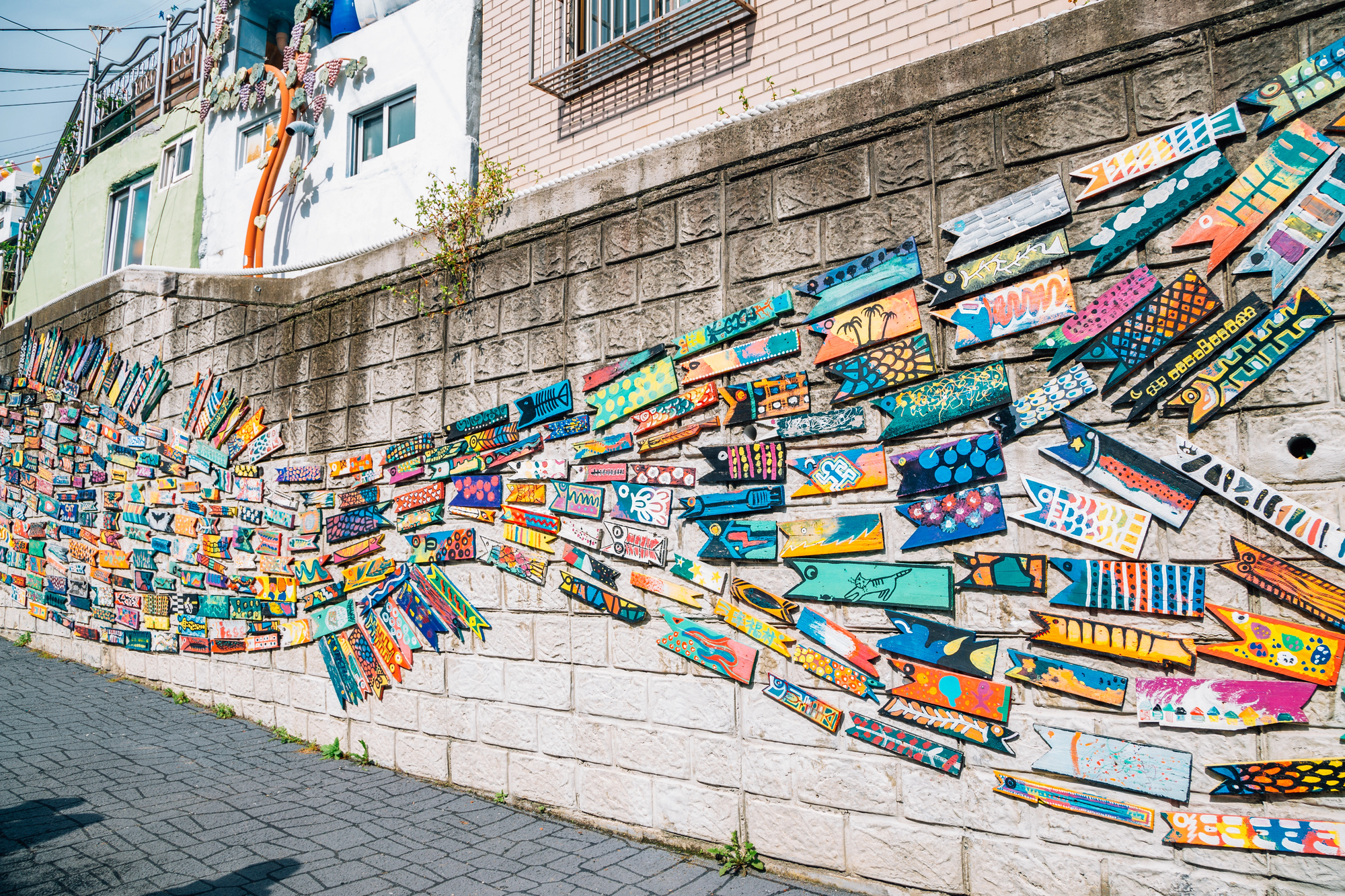
Originally built as a refugee settlement, this hillside neighborhood transformed into a vibrant arts district where narrow alleys wind between houses painted in pastel hues. The village’s vertical layout means sounds travel uniquely, with conversations and music from cafes echoing off painted walls.
Small art installations appear unexpectedly around corners, creating moments of discovery as you navigate staircases that connect different levels of this three-dimensional community canvas.
Dongdaemun Design Plaza, Seoul
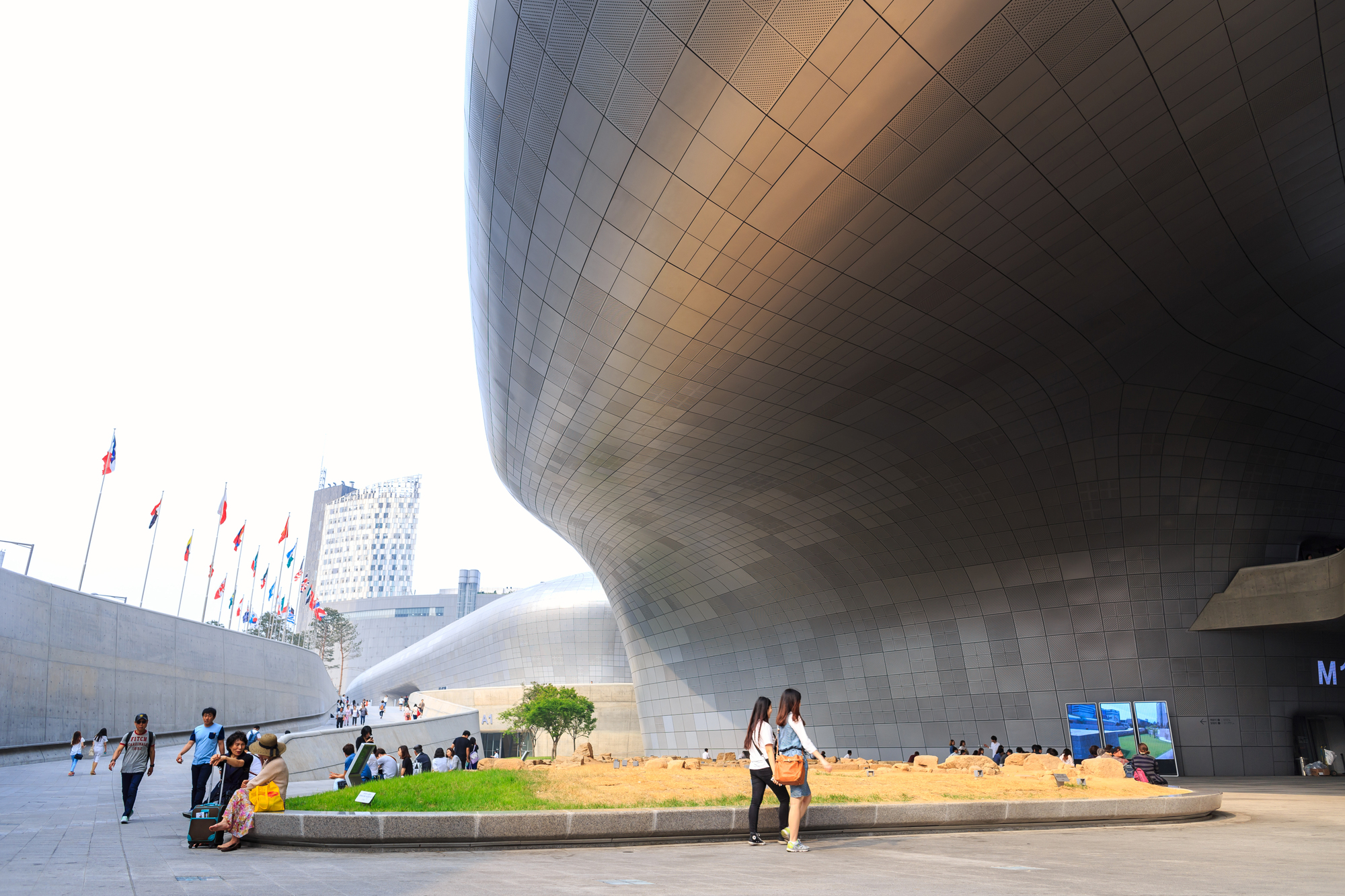
Zaha Hadid’s futuristic silver landmark creates an architectural experience that seems to defy physical laws through its flowing forms and lack of visible structural supports. The building’s curved exterior panels reflect changing light conditions while the interior spaces manipulate sound in subtle ways that shift as you move through them.
The complex houses design exhibitions where tactile experiences – touching innovative materials and trying new products – complement the visual spectacle.
Like Travel Pug’s content? Follow us on MSN.
Jjimjilbang (Korean Bathhouse)
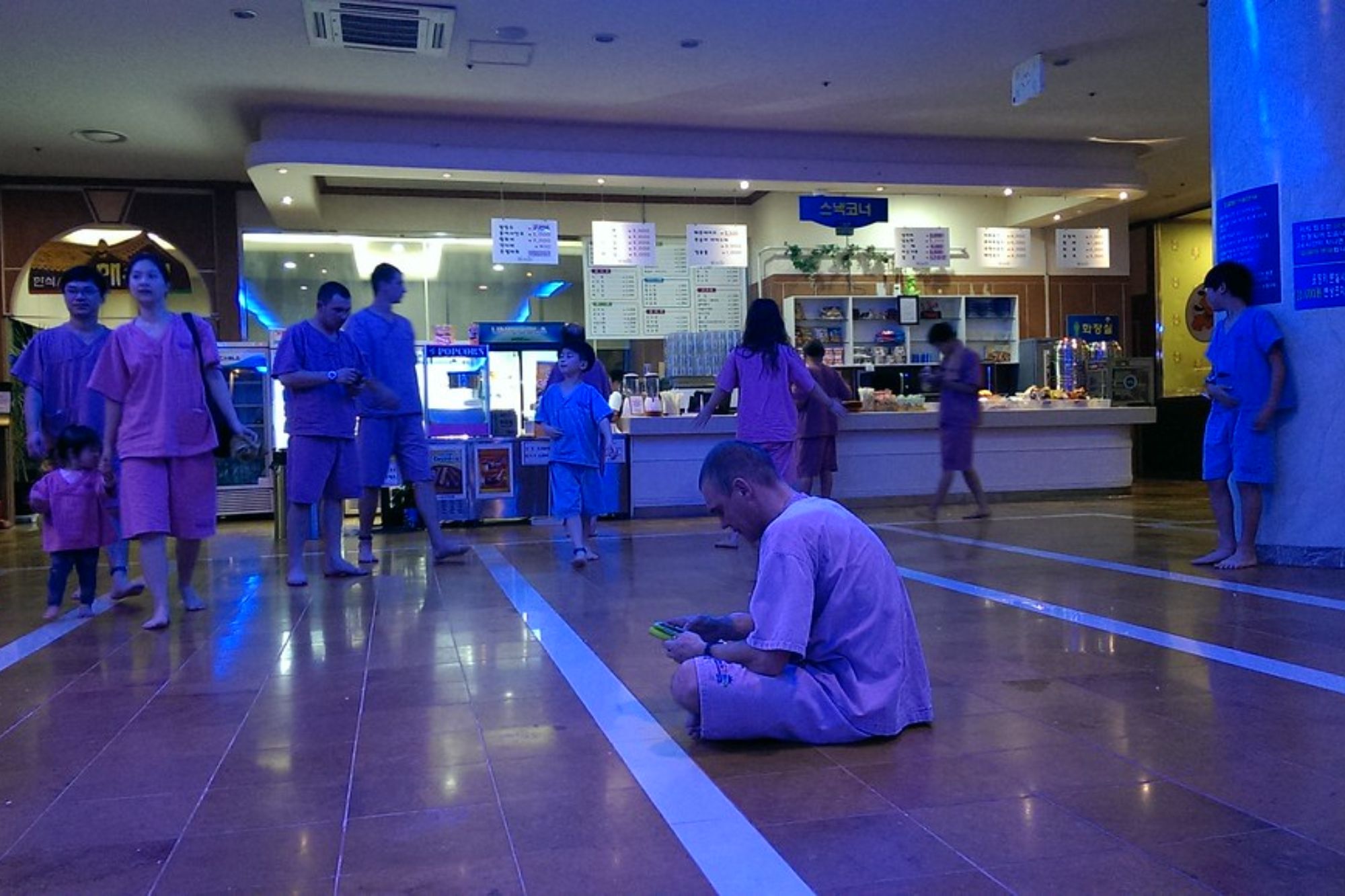
These traditional bathhouses exist throughout Korea, offering multi-sensory experiences centered around heated floors, steam rooms, and pools of varying temperatures. The distinctive smell of mugwort infusions fills wet areas, while the sound of water pouring from traditional wooden buckets creates a meditative backdrop.
The contrast between intense heat and sudden cold shocks the system, while communal areas offer the texture of straw mats against skin and the taste of sikhye (sweet rice drink) served as refreshment.
Gyeongbokgung Palace, Seoul
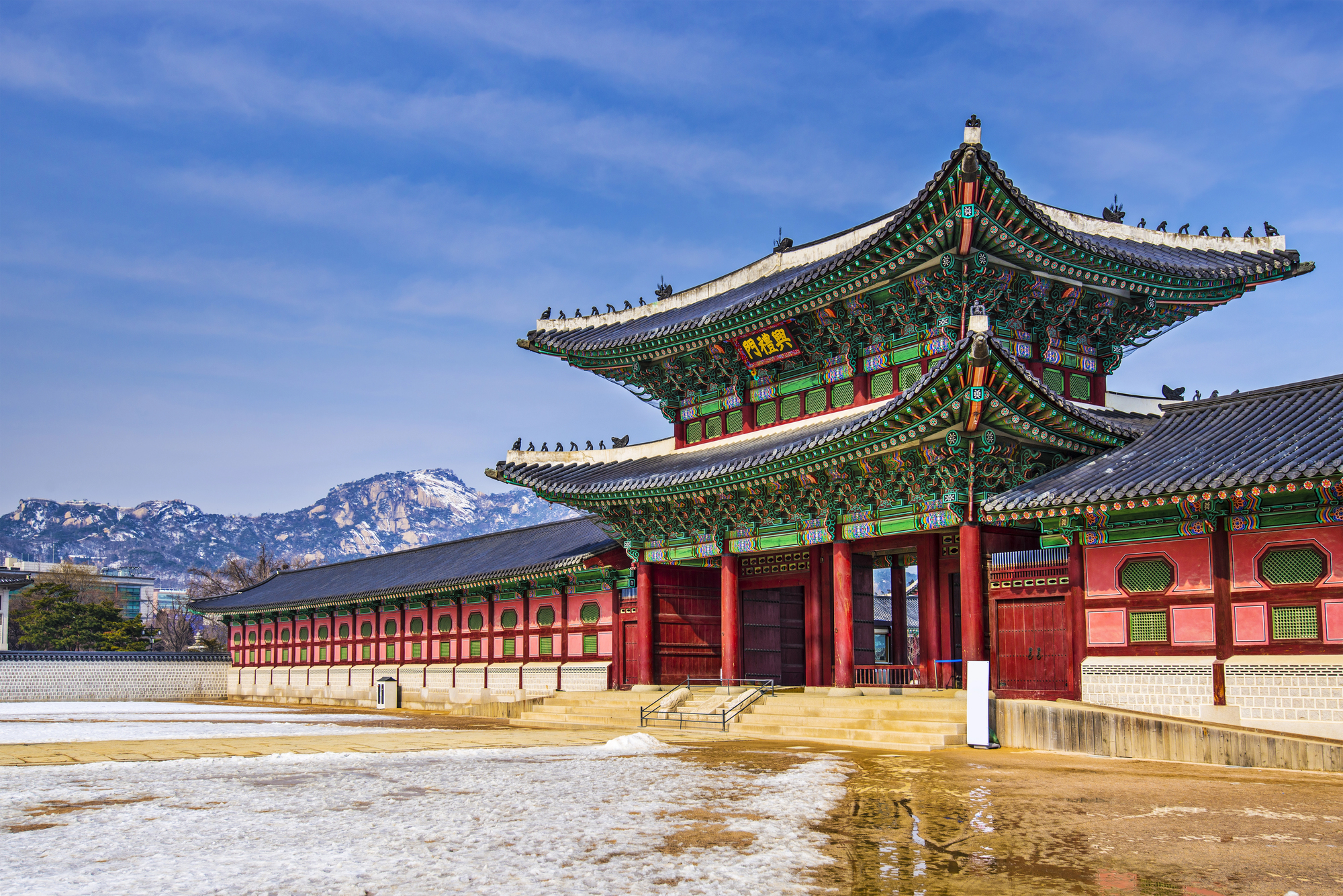
The restored Joseon Dynasty palace complex uses architecture to create changing sensory experiences as visitors move from public courts to private royal quarters. The buildings feature intricate painted details that reward close inspection against the grand scale of throne halls.
Stone walkways produce different sounds as you traverse them, with acoustics carefully calculated for ceremonial effectiveness, while perfectly manicured gardens provide seasonal fragrance transitions that once marked time for palace inhabitants.
Noryangjin Fish Market, Seoul
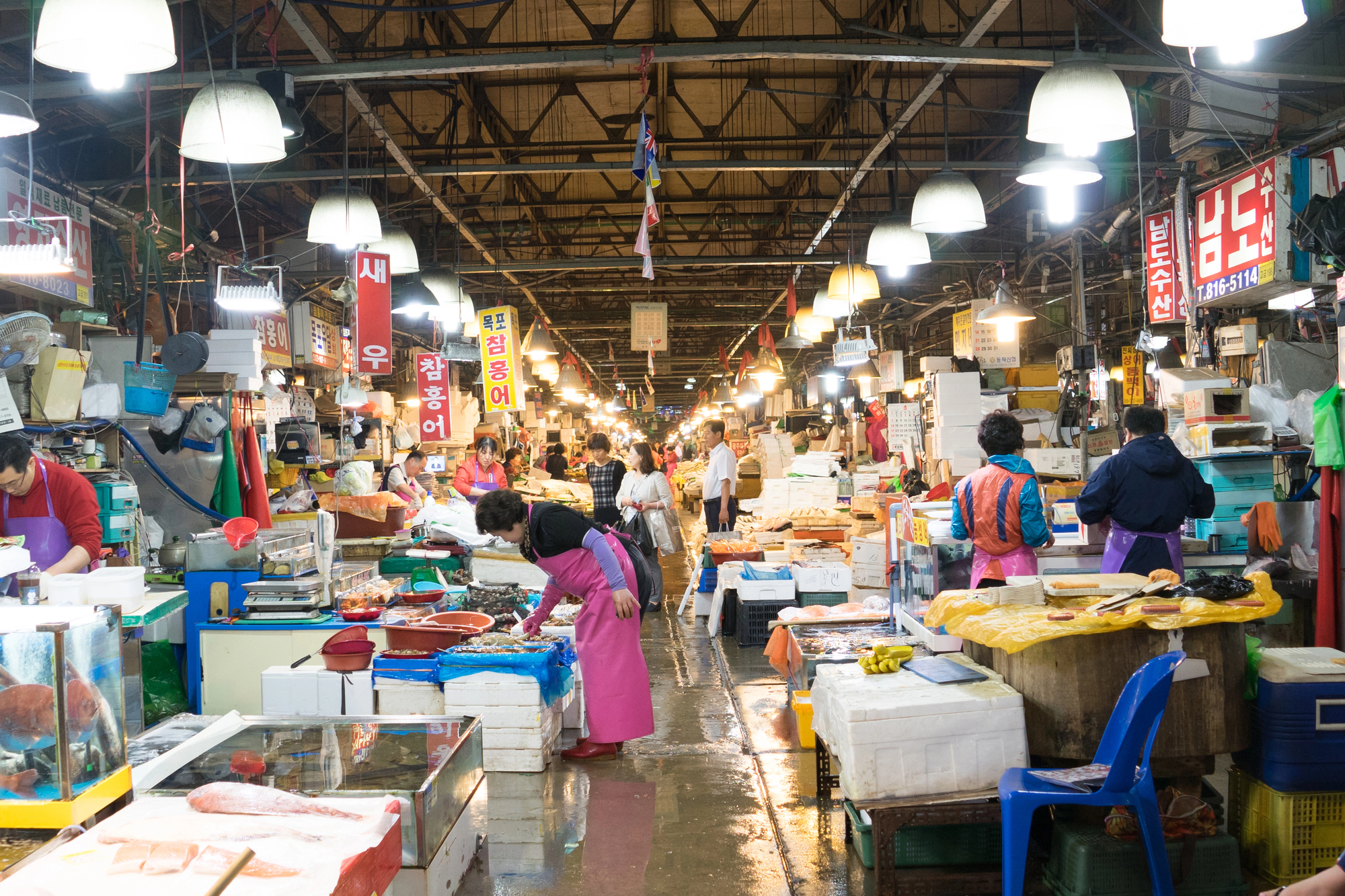
This 24-hour seafood emporium operates with distinct sensory signatures depending on when you visit – frenetic morning auctions, midday retail bustle, or late-night wholesale deliveries. The constant temperature contrast between ice-packed displays and steamy restaurant sections creates alternating sensations of chill and warmth.
The market’s massive scale means sounds echo differently throughout its sections, from the rapid-fire cadence of auctioneers to the celebratory clinking of soju glasses in second-floor restaurants.
Like Travel Pug’s content? Follow us on MSN.
Namiseom Island
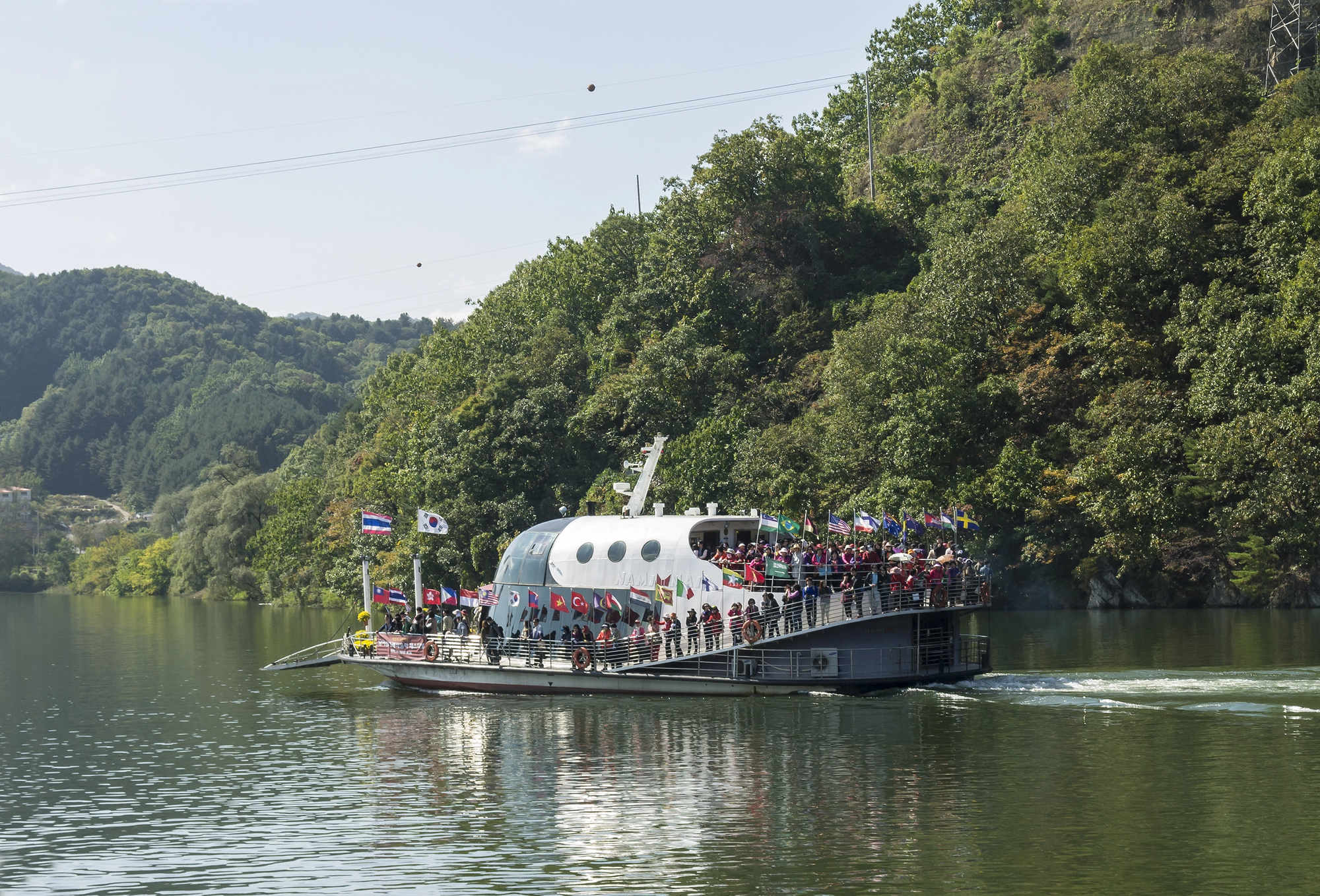
This crescent-shaped river island gained fame through Korean television dramas, particularly for its lanes lined with metasequoia trees that create perfect symmetry. The car-free environment means natural sounds dominate – leaves rustling, river water lapping shorelines, and bicycle wheels on packed earth paths.
The island’s microclimate creates distinctive fog patterns in early mornings, temporarily transforming familiar landscapes into mysterious, muffled environments where shapes emerge gradually from mist.
Hongdae District, Seoul
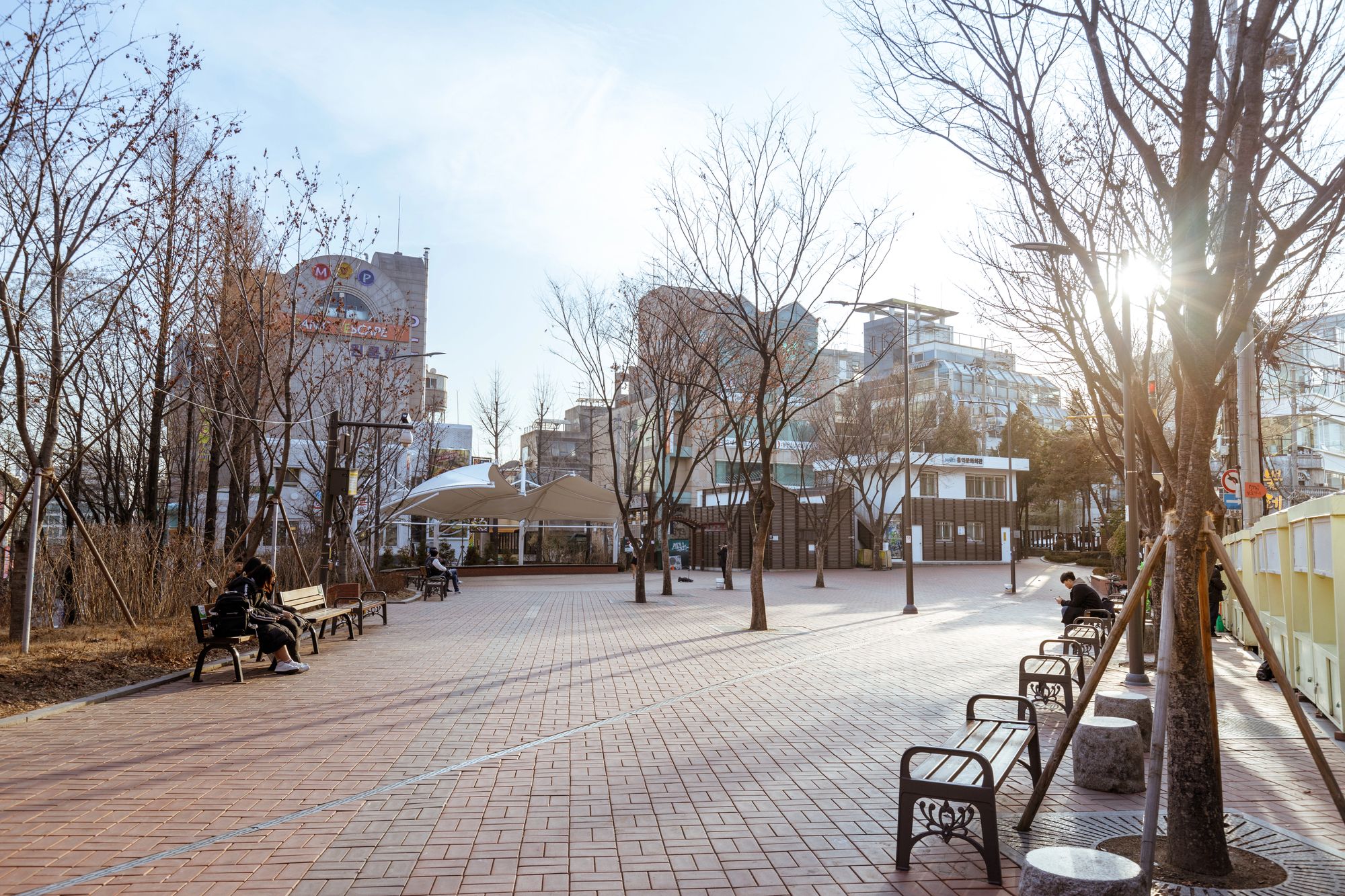
This university neighborhood pulses with youthful energy, creating Seoul’s most dynamic street culture environment where performers compete for attention on every corner. The district assaults senses with competing music from underground clubs, the sizzle of street food carts, and the constant visual stimulation of ever-changing street art.
The area’s density creates a kaleidoscopic sensory experience where smells, sounds, and sights layer upon each other in constantly shifting combinations.
Songgwangsa Temple, Jeollanam-do
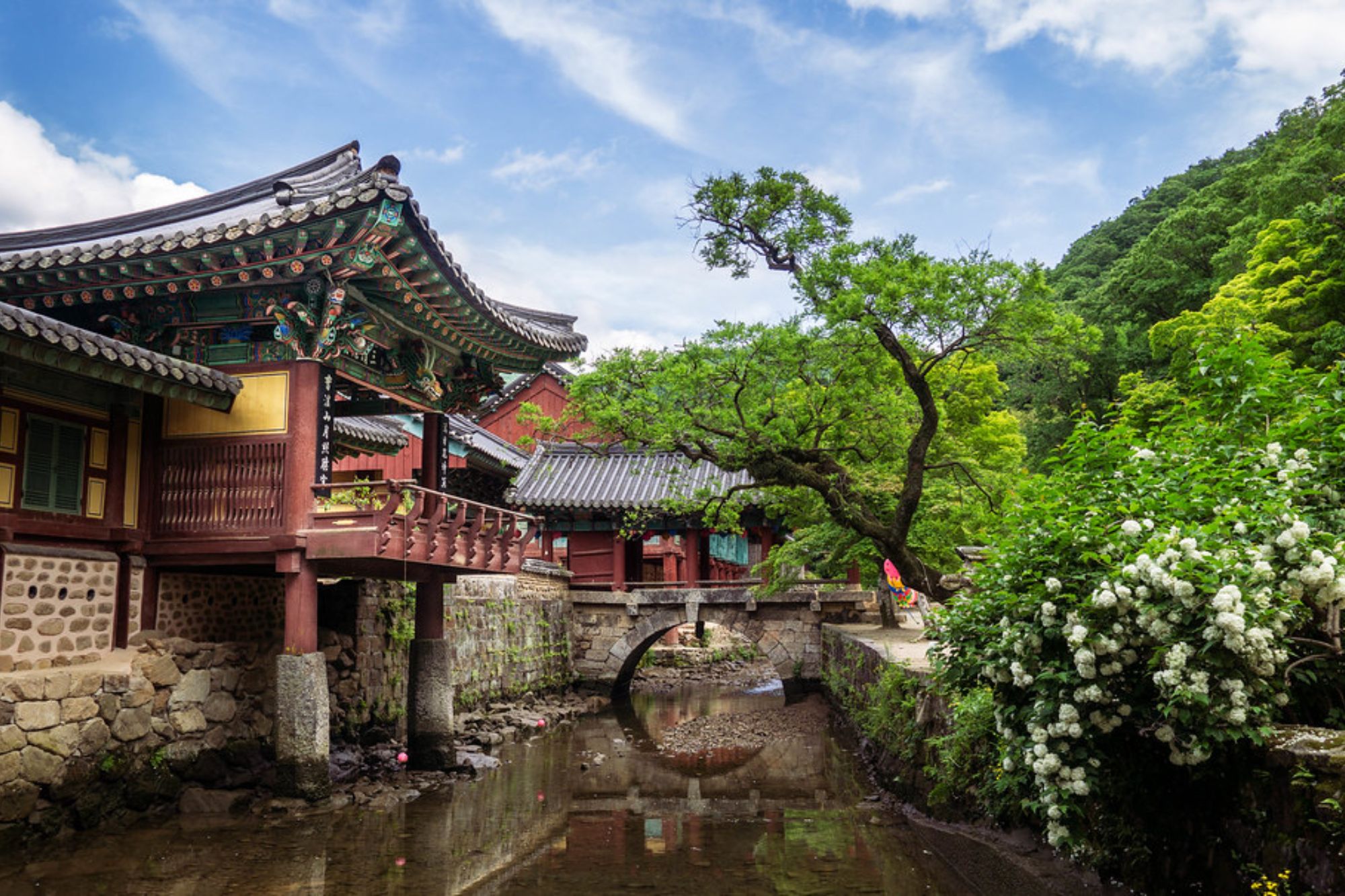
One of Korea’s most important Buddhist monasteries sits nestled among forested mountains, creating an environment where sensory experiences facilitate spiritual reflection. The rhythmic wooden percussion instruments used during ceremonies resonate through temple grounds, their sound waves seemingly absorbed by ancient wooden buildings that smell of incense and sesame oil.
The temple’s isolated location means light pollution remains minimal, allowing stargazing experiences impossible in urban areas.
Like Travel Pug’s content? Follow us on MSN.
Jirisan National Park
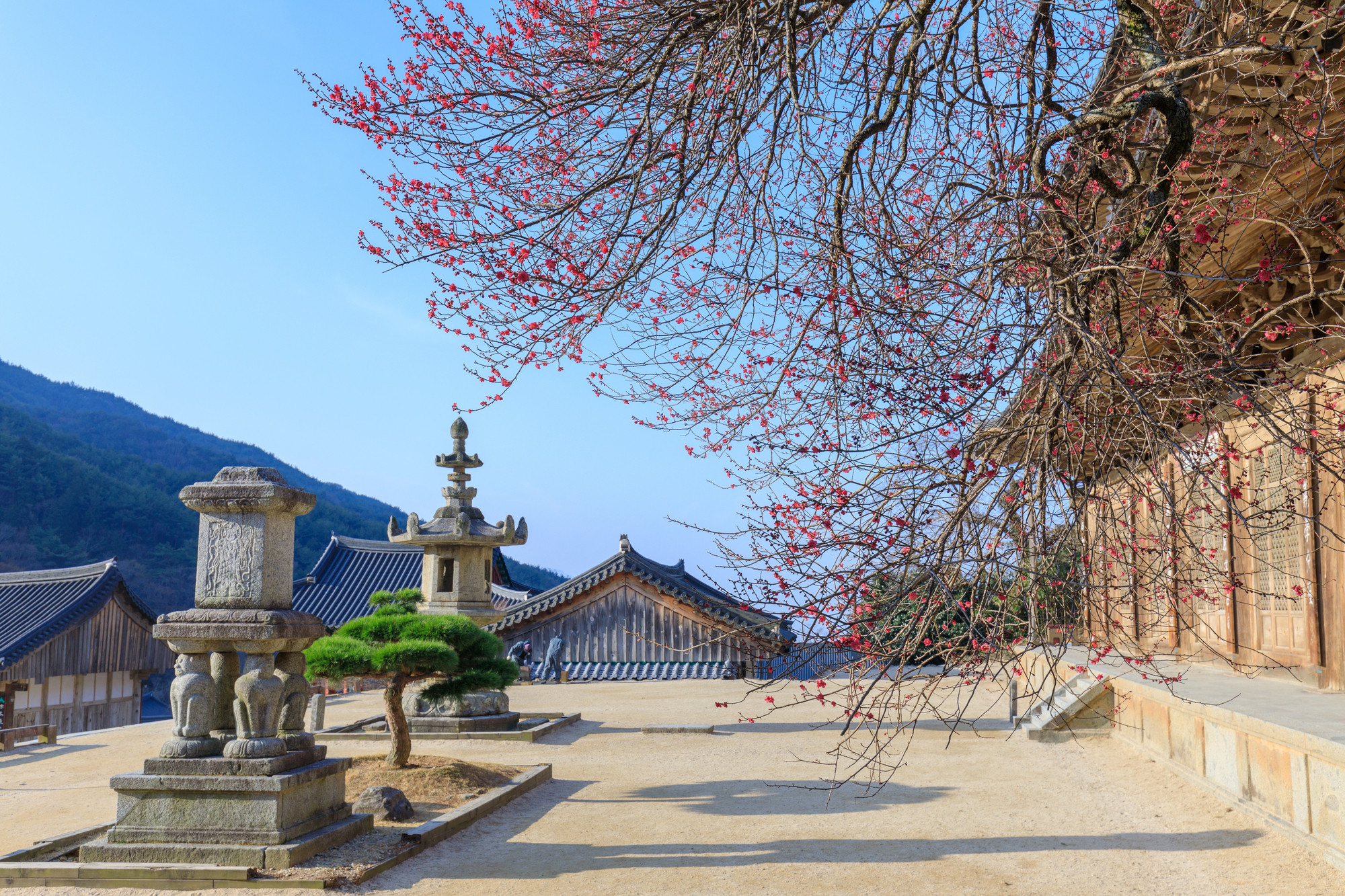
Korea’s largest national park encompasses six distinct peaks and ecosystems ranging from dense forest to exposed rocky summits. The park’s enormous size creates truly wild areas where human sensory experience shifts toward heightened awareness – the subtle movement of animals through underbrush takes on new significance.
Remote valley sections contain endangered plant species with unique fragrances, while mountain winds create distinctive sounds as they pass through different vegetation zones at varying elevations.
Pojangmacha (Street Food Tents)

These humble street food operations, consisting of little more than tarp coverings stretched over temporary frames, create some of Korea’s most intense sensory environments. Steam billows from bubbling pots while vendors rapidly prepare everything from fish cakes to spicy rice cakes.
The open cooking areas mean diners experience every stage of preparation, from the sizzle of ingredients hitting hot surfaces to the final garnish of green onions, creating complete transparency between producer and consumer.
The Sensory Tapestry of Korean Experience
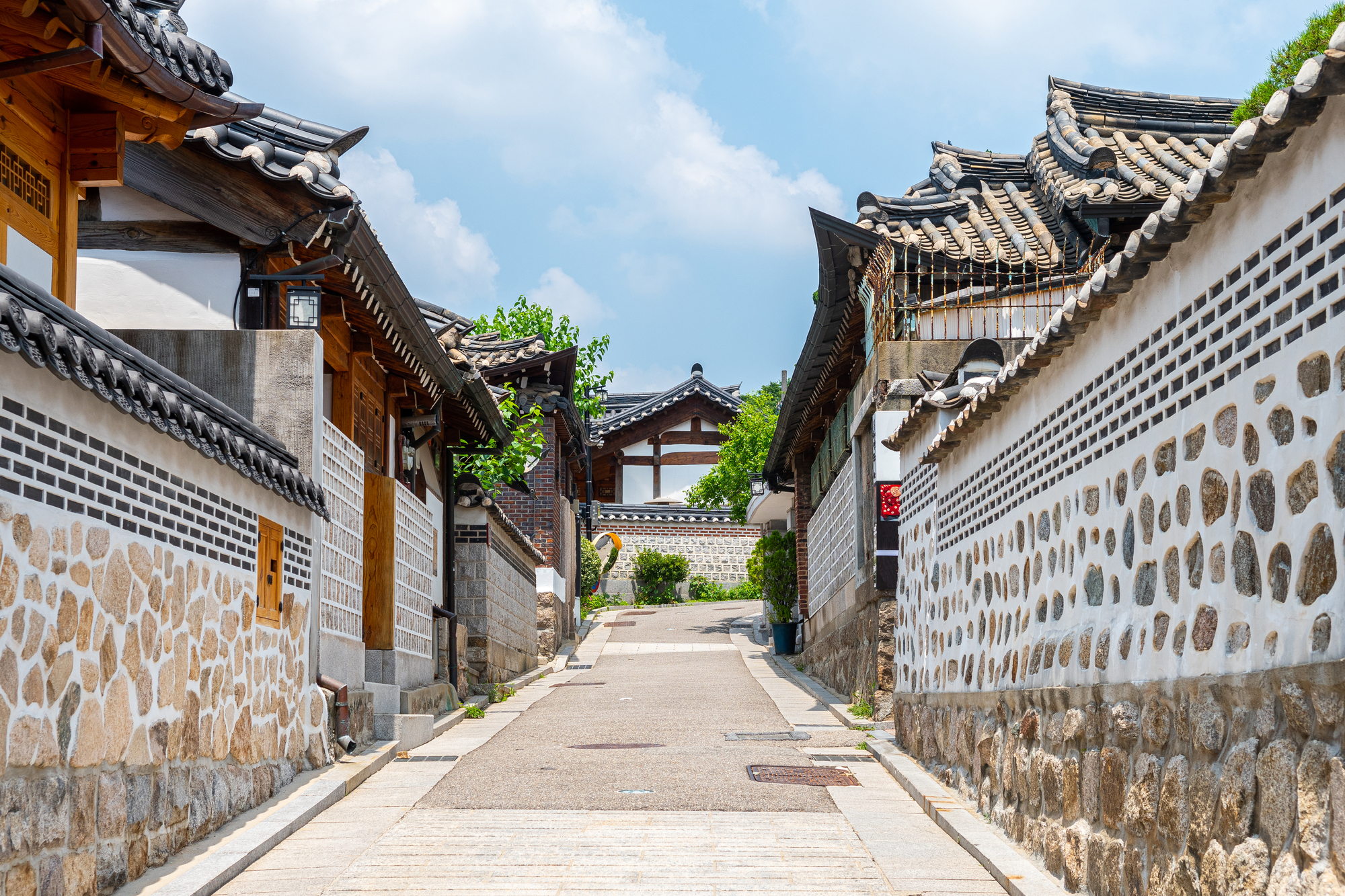
These 17 distinctive places demonstrate how South Korea offers visitors opportunities to engage with environments that activate all senses simultaneously, creating memories anchored in multiple sensory pathways. From ancient temples to hyper-modern urban districts, the Korean peninsula presents a remarkable density of experiences in a relatively compact geographical area.
The country’s commitment to preserving traditional sensory environments while developing new ones ensures visitors can experience both timeless cultural expressions and cutting-edge sensations within the same journey.
More from Travel Pug

- Cities Growing so Fast You Won’t Recognize Them in 10 Years
- 13 Destinations Where Tourists Regularly Regret Their Trip
- 20 Obscure WWII Sites Even History Buffs Don’t Know About
- 10 Under-the-Radar Mountain Towns That Are Both Affordable and Beautiful
- 20 Abandoned Places That Feel Like Real-Life Post-Apocalyptic Movie Sets
Like Travel Pug’s content? Follow us on MSN.
